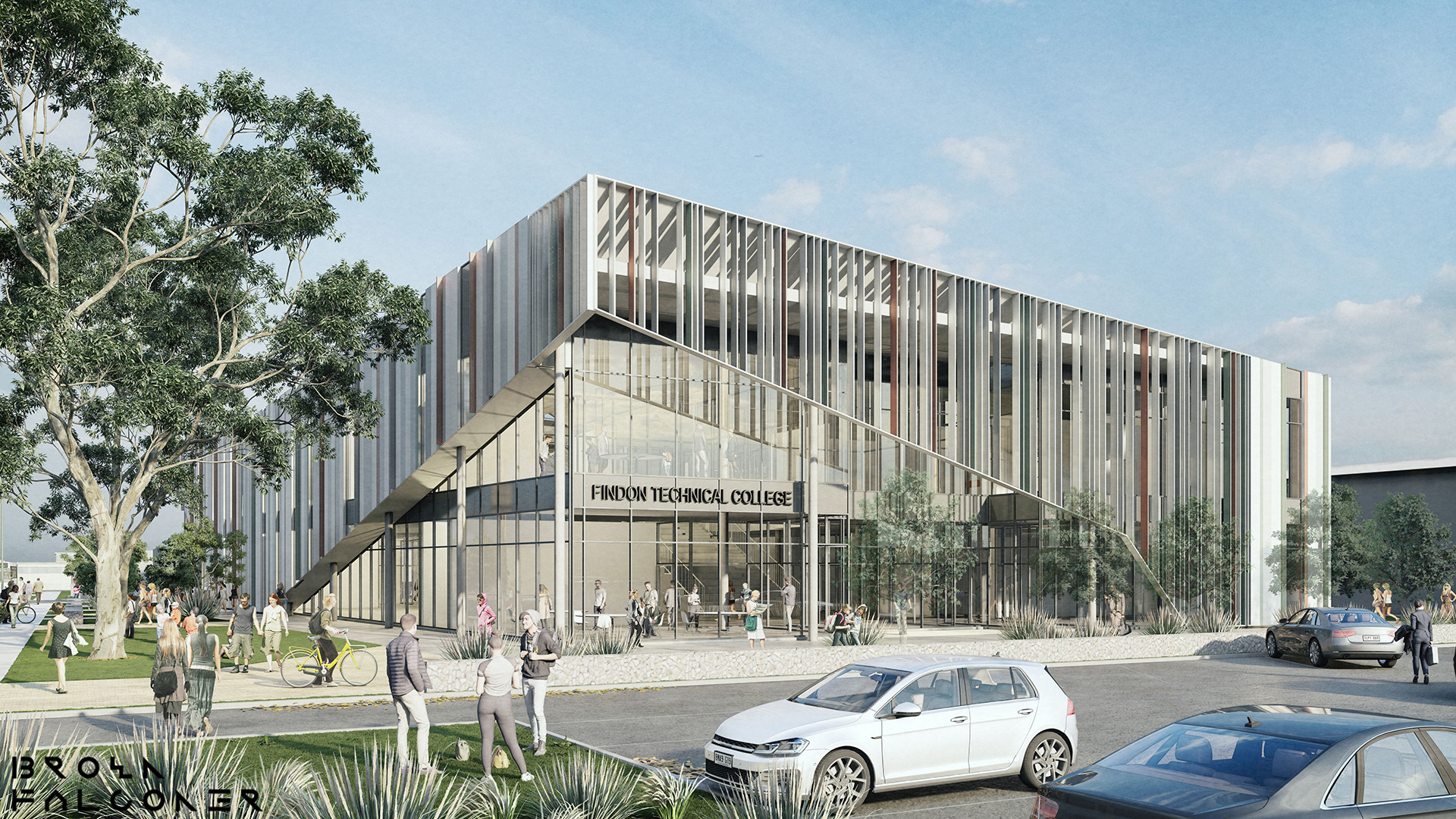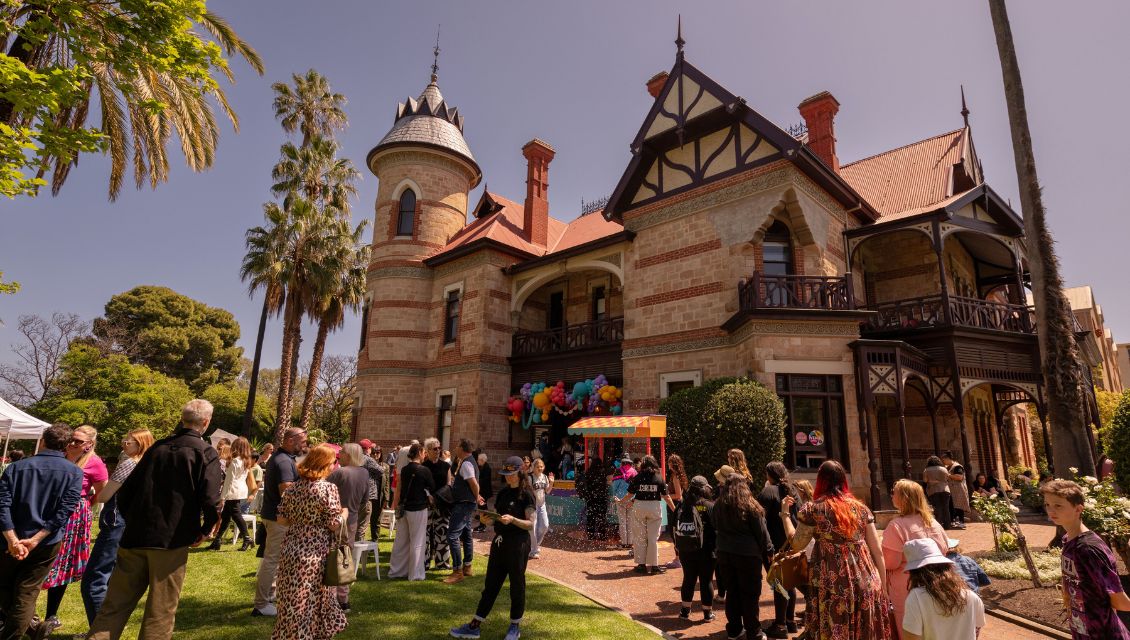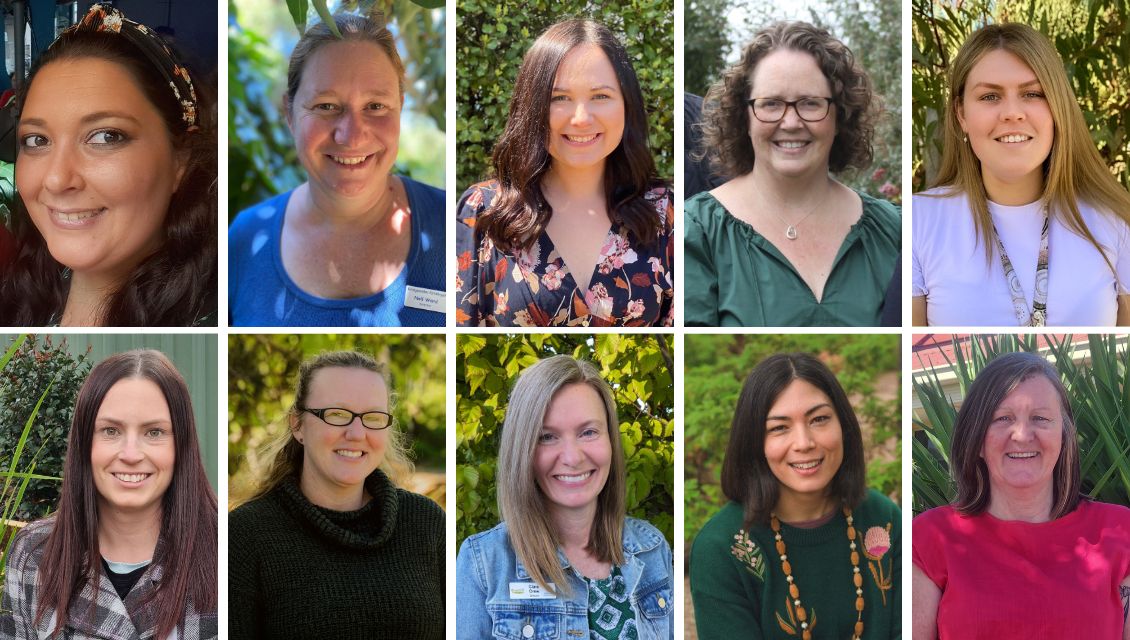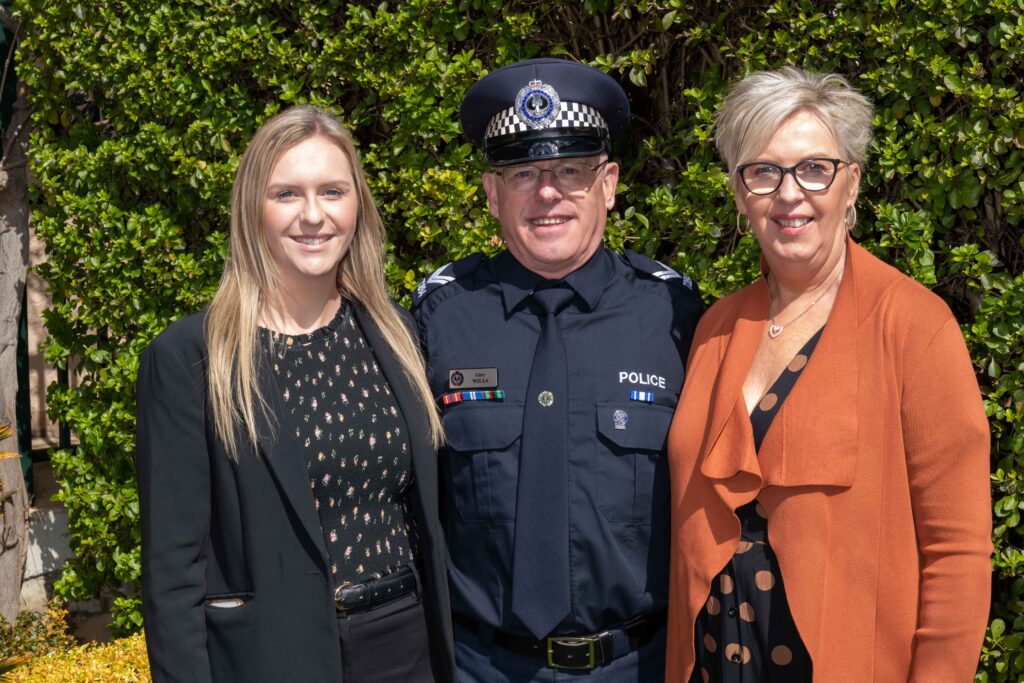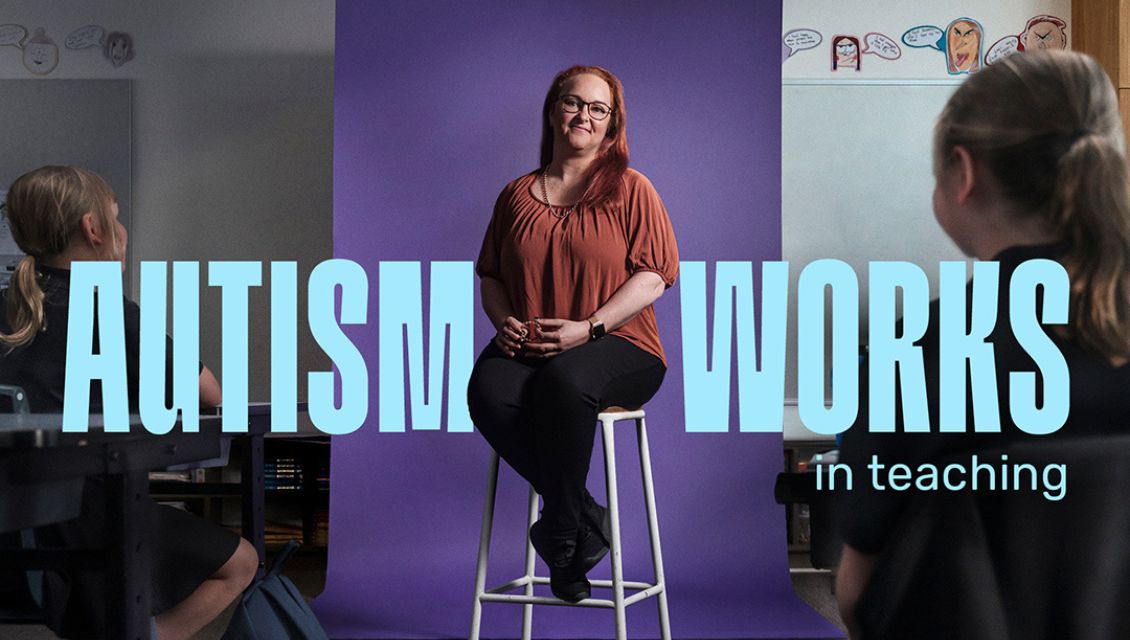
For close to a century, visitors to the South Australian Museum have made a beeline for one of its buzziest attractions: a live-in bee colony.
One of its only living exhibits, the original "observation beehive" was installed on 12 June 1933 in the Museum's eastern wing – then known as its 'Australian Court’.
According to Museum board papers, the new addition would allow visitors to watch “bees making their way in and out through a glass-covered passageway leading to a window”. The original glass-sided hive included a mirror beneath it to showcase all aspects of its workings.
It soon became home to a swarm of around 1000 bees of the Carniolan strain bred and donated by a Mr Pfeiffer of Birdwood, and installed by the Museum’s then-entomologist, Herbert Womersley and a government  apiarist.
apiarist.
The new residents were to gather pollen from the gardens along North Terrace, the Adelaide Botanic Garden and the Adelaide Zoo, as well as gum trees along the banks of the Torrens – just as they do today.
By December 1933, the hive had "aroused so much interest" that Mr Womersley was invited to pen an article on the 'Social Life of the Bee' for the Adelaide Chronicle newspaper.
The colony has been relocated and rehoused a handful of times over the past 90 years but remains a much-loved part of the South Australian Museum. Its current home is a double-hive structure built and installed by apiarist Robert Beer from the Beekeepers Society of South Australia in the first-floor Discovery Centre, the Museum’s child-friendly learning space which has been home to the hive since the 1960s. As in 1933, a see-through tunnel allows visitors to watch bees pass in and out the window onto North Terrace.
Several times a year, Mr Beer returns to the Museum to inspect the hive. Now numbering between 50,000 and 60,000 bees, part of this seasonal ritual is to check the lower brood box, gauge the hive’s honey levels and manage seasonal swarming.
“We’ve got to check to see how much honey they’ve got on board and whether they’re getting ready to swarm or not,” Mr Beer says.
“Swarming is not good on North Terrace.”
The process, carefully scheduled for quiet afternoons, requires the window entrance to be sealed up, and the hive wheeled out to the Museum’s rear lawns, where each panel in the chamber is smoked, removed and cleared, before the hive is reassembled. Once the inspection is complete, the hive is returned to the Discovery Centre where a traffic jam of bees is already waiting at the window for the chute to be reopened.
Visitors can see the bees for themselves at the Discovery Centre, which is open from 10.30am-2.30pm on Wednesdays, Fridays, Saturdays and Sundays.
The South Australian Museum is open daily, from 10am-5pm.

